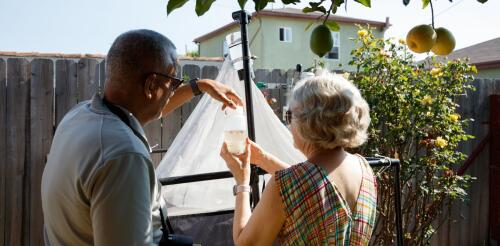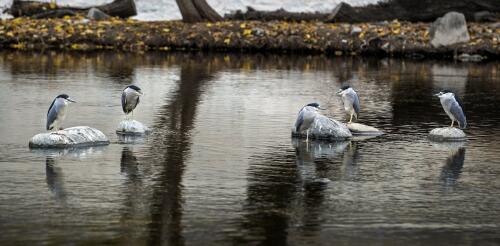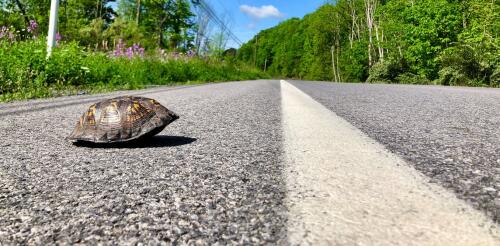Urban wildlife
The most significant predictors of bug biodiversity in Los Angeles are proximity to the mountains and temperature stability throughout the year, according to a study we co-authored with Brian V. Brown of the Los Angeles Natural History Museum and colleagues at the University of Southern California and California State University. The project used data from the museum’s BioSCAN project, where volunteers across Los Angeles allowed insect traps to be installed on their property between 2014 and 2018. Arthropod species richness in Los Angeles. Black dots show locations where the BioSCAN project collected bugs between 2014-2018. The color scale shows the predicted number of species, with blue being the least rich and orange being the most rich. Map tiles by Stamen Design, CC BY-SA The analysis showed some surprising results. For instance, land values had little impact on the overall diversity of art...
The Earth is losing animals, plants and other living things so fast that some scientists believe the planet is entering its sixth mass extinction. But there’s some surprising good news: Urban areas may be key to slowing down or even reversing this crisis. This idea may seem counterintuitive, since studies show that urbanization is a big driver of biodiversity loss. Cities alter the environment with artificial lighting and noise pollution, which affect many species. And urban land cover is expected to increase by 2.5% globally between 2000 and 2030 as more people move to cities. As one measure of urbanization, half of the continent of Europe is less than 1 mile (1.5 kilometers) from a roadway or railway line. No location on the continent is more than 6 miles (10 kilometers) from these features. But there are ways for cities to use nature-based solutions to slow species loss within their borders. At a major international conference on biodiversity loss in 2022, global lead...
It’s a simple idea: Stop mowing your lawn in the month of May to let flowers in the lawn, such as dandelions and clover, grow and support bees and other pollinators. “No Mow May” was started in 2019 by Plantlife, a conservation charity based in the United Kingdom, in response to a well-documented loss of meadows and an alarming decline of native plants and animals there. Since then, it has been taken up by many gardeners and conservation advocates in North America. Studies have shown that many flowers that grow in unmown British lawns do support British pollinators. But North America has vastly different ecological communities, composed of unique flora and fauna. If you are interested in supporting pollinators, it is important to consider the ecological context of your yard – and #NoMowMay may not be an effective strategy. As entomology researchers who run programs on pollinators, we see better ways for people in North America to help pollinators fl...
For anyone who enjoys nature, summer is a fascinating time to be outside. Animals are on the move: Turtles are nesting, baby birds are testing their wings, snakes are foraging and young mammals are emerging. In central Pennsylvania, where I live, last year’s hatchling painted turtles have overwintered in their nests and emerged looking like tiny helpless snacks for raccoons and ravens. I’ve already rescued a baby killdeer – a shorebird that nests in parking lots – that ran off the road and got stuck in a grate. And I’ve watched an eastern chipmunk prey on a nest of towhee chicks. I moved the killdeer to safety because it had fallen into what we call an “ecological trap.” Humans create these traps when we degrade habitat that looks suitable to animals. For killdeer, parking pads and roofs give off all the vibes of a great nesting site – except for the drains – and they have less natural habitat available these days. But I d...



